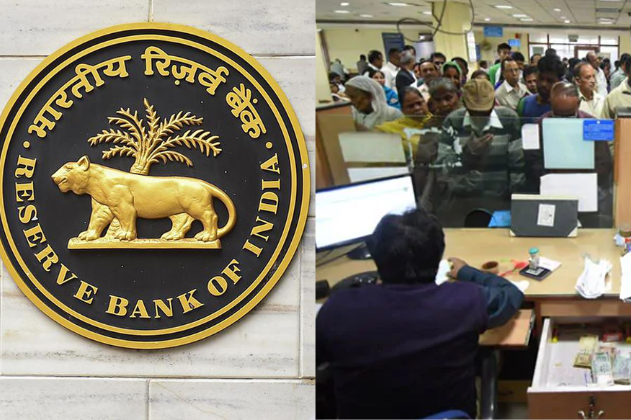RBI New Guideline: When taking a personal loan, it is important to choose between fixed and floating interest rates. Fixed rates provide stability in EMIs, while floating rates vary according to the market, leading to potential savings. As per the new RBI guidelines, borrowers can now switch between these rates, giving them more flexibility.
Fixed vs Floating Interest Rates: Choosing an interest rate is an important decision when taking a personal loan, which can affect your financial future. There are two types of interest rates: fixed and floating. People are often confused about the difference between the two, their pros and cons, and which option may be suitable for you. If you also have any such confusion, let us clear it.
Fixed interest rate is one that remains the same throughout the loan tenure. This means that your monthly EMI (equated monthly installment) will not change till the end of the loan tenure, whether interest rates in the market rise or fall. This option is suitable for those who want stability in their monthly budget and want to avoid possible future interest rate hikes. However, fixed interest rates are usually 1.5 to 2 per cent higher than floating rates. Also, even if interest rates in the market fall, your EMI will not decrease.
Floating interest rate?
On the other hand, floating interest rates keep changing from time to time according to market conditions. These rates are linked to a benchmark, such as the bank’s repo rate or the RBI’s repo rate. If the benchmark rate increases, your interest rate and EMI will also increase. And if it decreases, the EMI may decrease. The main advantage of floating rates is that they can be lower than fixed rates, allowing you to save on total interest payments. However, planning a monthly budget can be a bit challenging due to their uncertainty.
RBI said – loan takers will be able to switch
The Reserve Bank of India (RBI) has recently clarified that loan takers will get the option to change the type of interest rate. Under the new guidelines, banks and financial institutions are bound to provide borrowers with the option to switch between fixed and floating rates when resetting loan terms. This change will give consumers more control over their loan terms and help reduce the impact of fluctuations in interest rates.
Which one is right for you?
Choosing between fixed and floating interest rates depends on your financial goals, risk tolerance and market conditions. If you want stability and predictable EMI, a fixed interest rate may be suitable. On the other hand, if you want to take advantage of a possible reduction in interest rates according to market conditions and are willing to take risks, a floating interest rate may be a better option. It is important to consider your financial position, risk tolerance and future plans before making a decision.


